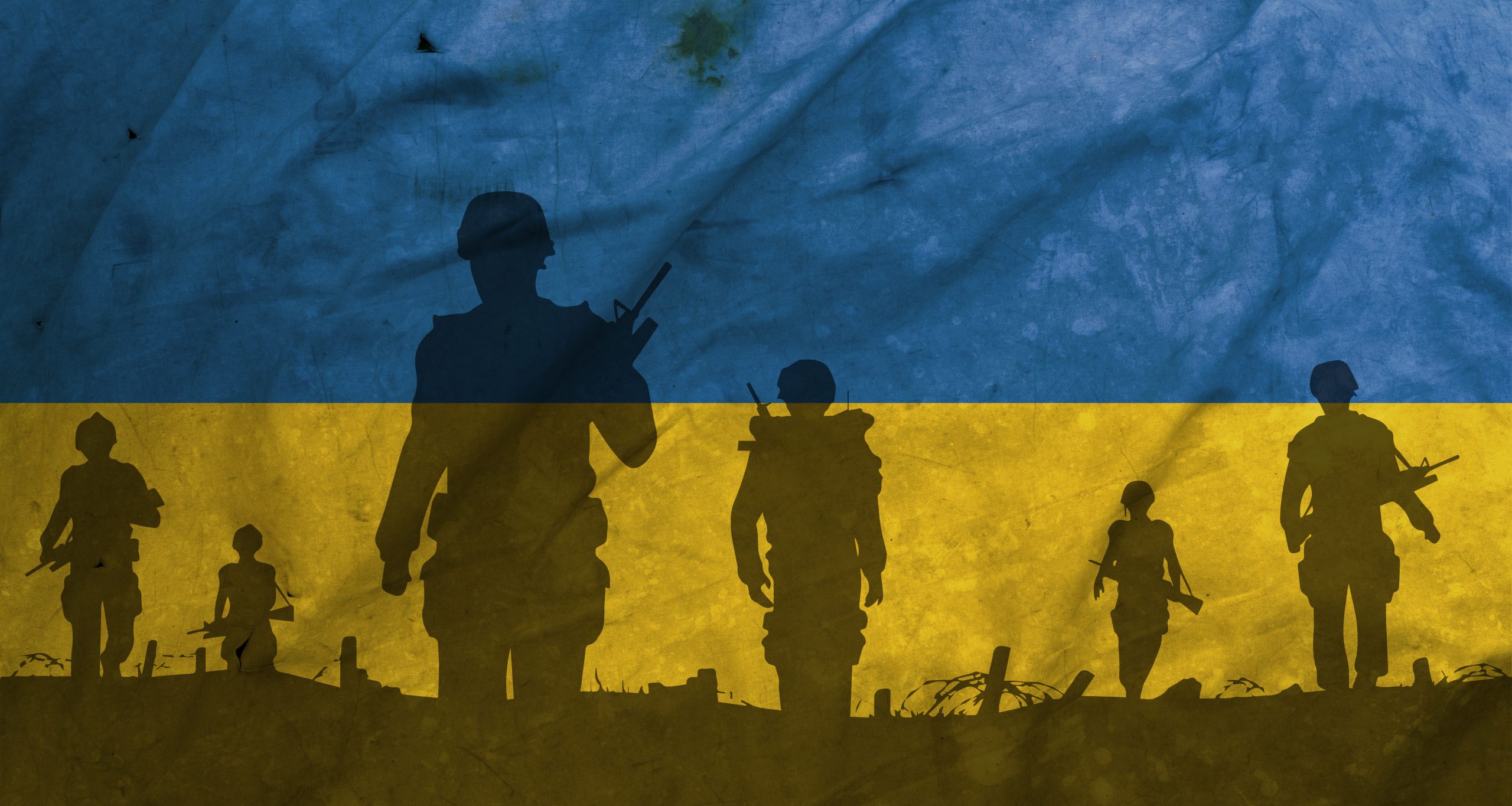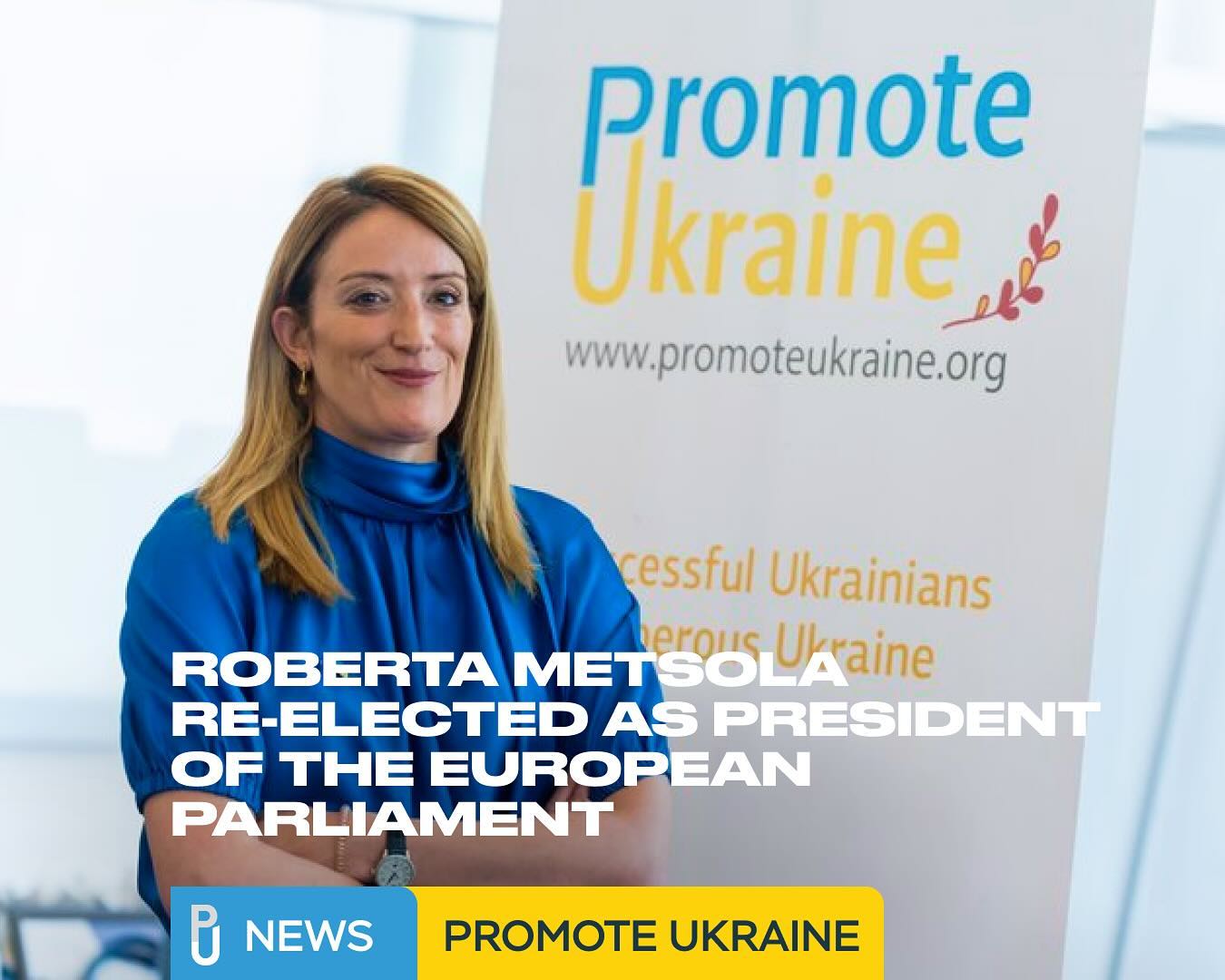In January 1654, an agreement was signed between the Hetmanate and Moscow, which established a military-political alliance between them. The Ukrainians concluded this agreement with the hope of defending their independence. However subsequent events led to a radically opposite result.
Some historians view the Treaty of Pereyaslav of 1654 (also known as the March Articles) as an agreement that marked the beginning of the Russian occupation of Ukraine, which in fact ended only in 1991 with the fall of the USSR.
What made the Cossacks join the alliance with Muscovy, which eventually led to Ukraine’s loss of independence for 337 years?
Date of publication: January 8, 1654.
Who concluded:
|
FROM UKRAINE |
FROM RUSSIA |
| Bohdan Khmelnytsky – Hetman of Ukraine |
Vasyl Buturlin – Ambassador of Tsar Oleksiy Mykhailovych |
 |
 |
Historical background:
From 1648, Ukraine, under the leadership of Bohdan Khmelnytsky, waged a national liberation war against the Polish-Lithuanian Commonwealth. Firstly, the fighting was in favour of the Ukrainians. Weakened by numerous Cossack uprisings in Ukraine and the Thirty Years’ War in Europe, Poland did not have enough forces and resources to resist the large-scale liberation movement. During the confrontation, the Cossacks managed to gain autonomy from Poland and, for a short period of time, to force the Poles to prescribe hostilities.

The Battle of Zhovti Vody is one of the episodes of Bohdan Khmelnytsky’s national liberation war
However, despite the first victories, Ukraine faced a problem of a different nature. Under the law of that time, the Hetmanate could not become an independent state governed by a legitimate monarch. The reason was simple. None of the Cossack officers (including Bohdan Khmelnytsky himself) was a descendant of the princes of Kievan Rus. Thus, none of them could claim the role of monarch in the Ukrainian lands.
On the other hand, the idea of creating a republic had no more sense for Europeans of the 17th century than the idea of creating a military dictatorship for modern Europeans. One of the few examples of the transformation of the monarchy into a republic was England. But even there the republican system barely lasted for 10 years. This shows the unwillingness of Europeans of that time to abandon monarchism.
There were other factors that caused problems for Ukraine. The Hetmanate was a very young political entity. Because of this, it had problems with the national economy, state administration and the organisation of the army. Ukraine was limited in human resources. According to historians, in 1650, only 2 million people lived in the Hetmanate. For comparison, about 10 million people lived in Poland at that time.
As it is, Ukraine had a strong need for a protector and an ally in the subsequent war. Khmelnytsky realized that sooner or later Poland would gather forces for revenge. So, the Hetmanate had an enemy on the western and northern borders. Many issues remained open in Ukraine’s relations with the Ottoman Empire. Despite the fact that the Crimean Khanate was an ally of the Cossacks at the initial stage of the war with the Poles, there were also problems in relations with the Tatars. The Crimean khan, a vassal of the Turkish sultan, didn`t want to witness the formation of an independent state near his borders. This would make it more difficult for the Tatars to access the territories where they regularly captured slaves. It should be taken into account that the slaves were the main source of income in the economy of the Crimean Khanate. Thus, Ukraine had a potential enemy in the south.

The green color represents the territory of the Hetmanate
Other states with which the Hetmanate maintained relations were either too weak to help: Transylvania. Or they were located too far from Ukraine itself: England and France.
Muscovy remained, a state that had a similar religion (Orthodoxy) and a similar culture with Ukraine.
Agreement:
Despite the fact that Khmelnytsky needed the agreement in order to get an ally in the war with Poland, Moscow had its own interests in a protectorate over Ukrainian lands. Hetmanate was in the heart of Europe and was rich in chernozems. After the Thirty Years’ War, the demand for grain in Europe increased significantly, so Ukrainian territories were especially valuable.
In addition to the purely economic benefits of the Moscow tsars, they did not forget about the so-called policy of “collecting lands,” initiated by Ivan III in the 15th century. This policy represented a geopolitical doctrine according to which the Moscow tsars must gather under their control all of the lands that were once part of Kievan Rus.
 The territory of Kievan Rus in its heyday
The territory of Kievan Rus in its heyday
In addition, the tsar, like the Crimean khan, did not want to see a strong independent state near the borders of his country. Moreover, Moscow feared the prospect of an alliance between the Hetmanate and its mortal enemy, the Ottoman Empire.
Negotiations between the Ukrainian and Moscow governments have been going on almost since the beginning of the uprising. Khmelnytsky sent numerous letters to the Moscow tsar, in which he tried to convince him to form a military alliance.
Eventually, in 1653, the final decision was made at the Zemsky Sobor in Moscow; it was decided to take the Hetmanate under the protectorate of Muscovy. In order to consolidate the Ukrainian-Moscow alliance, a tsarist delegation left for Pereyaslav to take an oath of allegiance to the tsar from the Cossack leaders.

Tsar of Muscovy Alexei Mikhailovich Romanov
On January 8, 1654, at the general military council, the Cossacks took an oath of allegiance to the Moscow tsar. It`s important to note that when the Cossack officer asked the Moscow ambassador on behalf of the tsar to swear to respect the rights and freedom of the Cossacks, he refused. The ambassador argued that the tsar’s word was enough. And besides, the tsar in Muscovy did not swear allegiance to his subordinates. Thus, we can see that from the very beginning of official relations between the Hetmanate and Muscovy, a disproportion arose between them.
Many representatives of the Cossacks and clergy refused to swear allegiance to the king. In addition, the Zaporizhzhya Sich did not take the oath.
After the meeting in Pereyaslav, in order to formalise the alliance, the so-called March Articles were signed between Muscovy and Ukraine, which defined further relations between the two sides. The agreement mainly concerned the issues of the war with Poland, as well as Ukraine’s foreign policy relations and tax collection on its territory.
According to the March articles, Ukraine remained completely independent in domestic affairs. Tsarist voivodes had no right to interfere in the internal affairs of the Hetmanate. Ukraine could keep its armed forces – a 60,000-strong Cossack army. The tsar had no right to influence the appointment of the hetman, whose power extended to the entire territory of Ukraine. All taxes were collected exclusively by Ukrainian authorities. Representatives of Moscow only accepted a certain part of them as a tribute.
The first restrictions that Muscovy imposed on Ukraine concerned international relations. The government of the Hetmanate had the right to conduct relations with foreign states, but only with the appropriate permission of the king. At the same time, relations with the Polish-Lithuanian Commonwealth and the Ottoman Empire were banned altogether. It was noted above that Russia feared the union of the Hetmanate and Turkey. In fact, it was forbidden for Ukraine to communicate with it under the agreement in Pereyaslav. Thus, already in the context of the very first agreement, we can see that Moscow is beginning to promote its own geopolitical interests at the expense of the Hetmanate.
Effects:
The March articles guaranteed Ukraine the preservation of autonomy and did not mention joining Muscovy at all.
This agreement was concluded in the difficult geopolitical situation for Ukraine and the war with the Polish-Lithuanian Commonwealth. However, just two years after the March Articles were signed, Muscovy concluded a separate Vilnius armistice with Poland, the terms of which the Cossacks were not even allowed to work out. Russia has. in fact, violated the agreement with Ukraine.

Death of Bohdan Khmelnytsky
After the death of Bohdan Khmelnytsky in 1657, some Cossacks, led by Ivan Vyhovsky, decided to radically change the foreign policy orientation of the Hetmanate and conclude an alliance with the Polish-Lithuanian Commonwealth, moving away from the idea of an alliance with Muscovy. It is obvious that in such a situation the tsar could not allow the loss of his influence on the lands of Ukraine.
Eduard Dudka






 UA
UA FR
FR DE
DE




